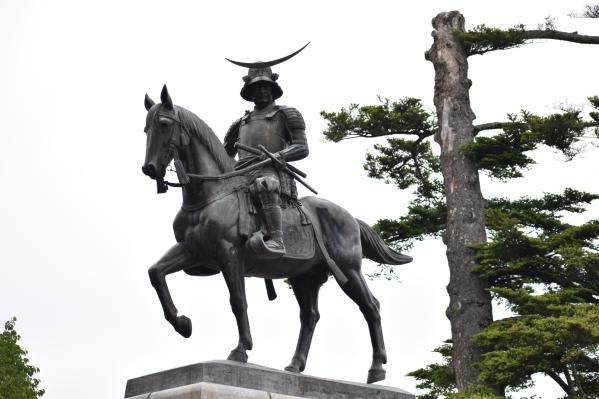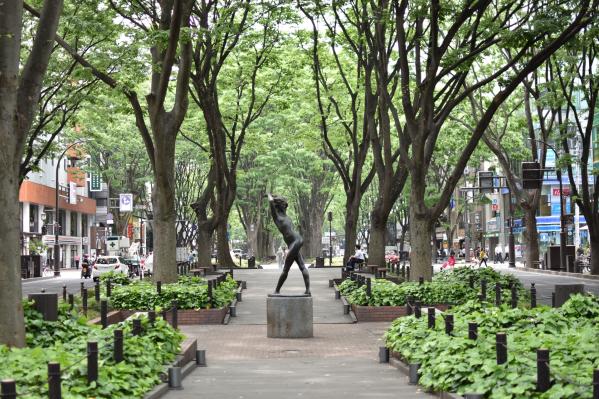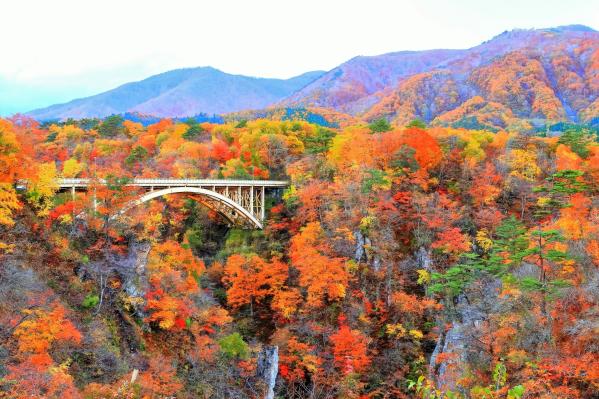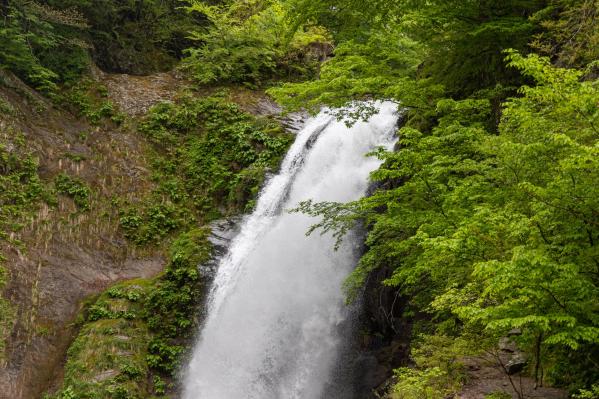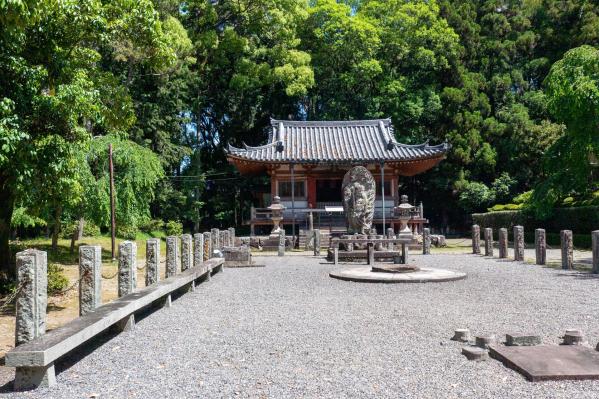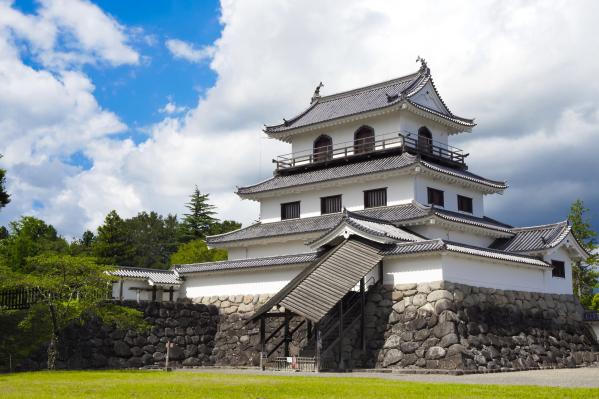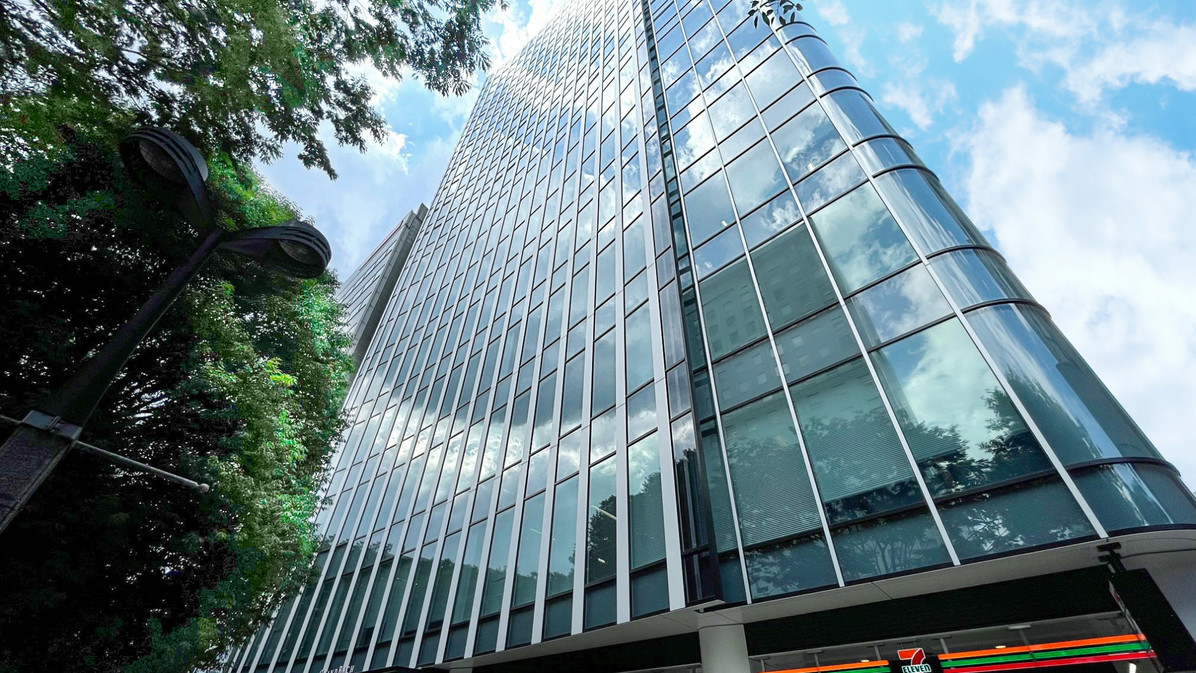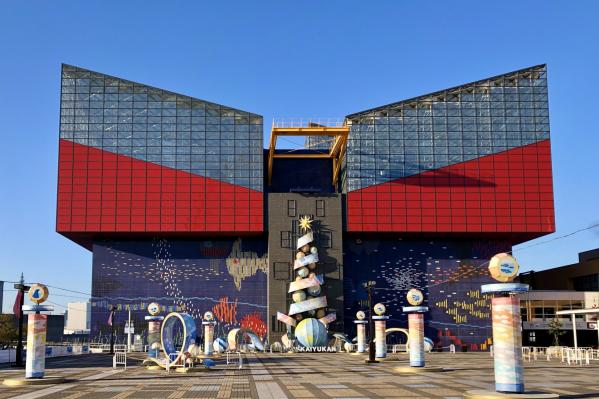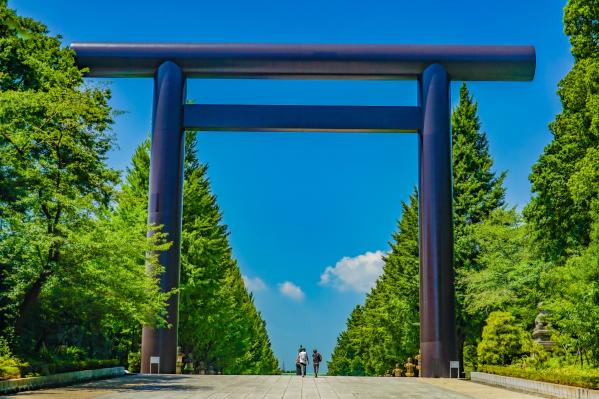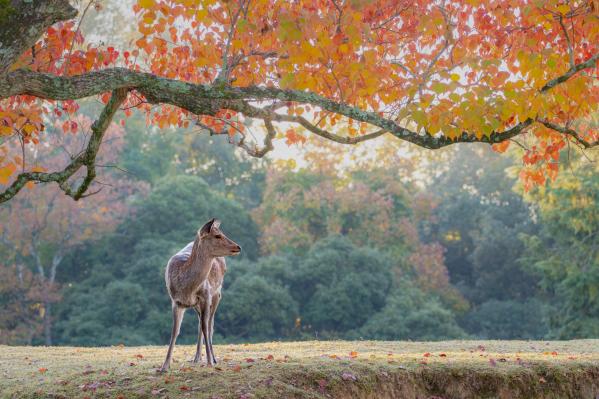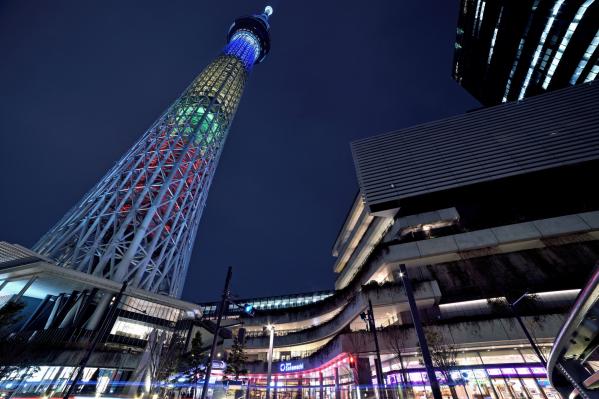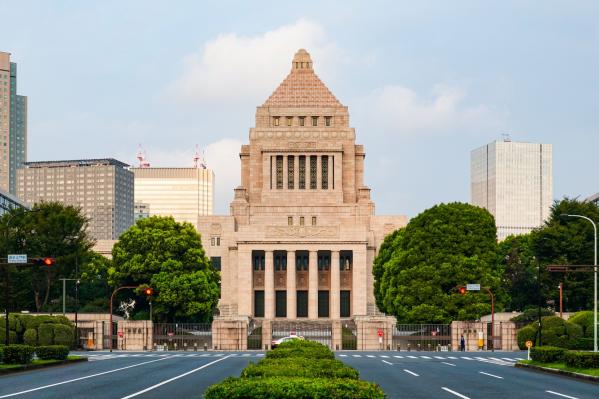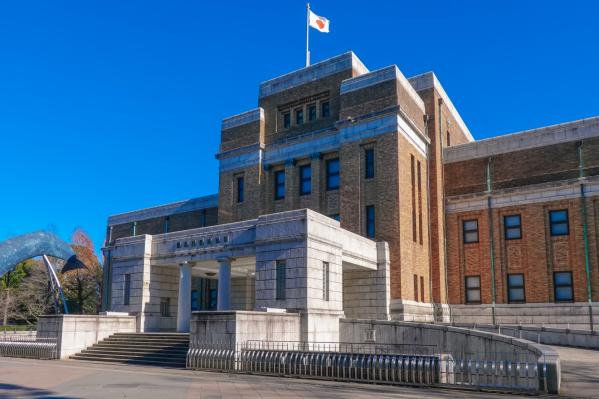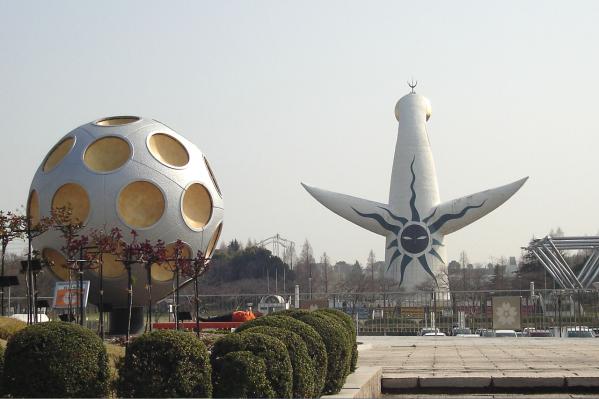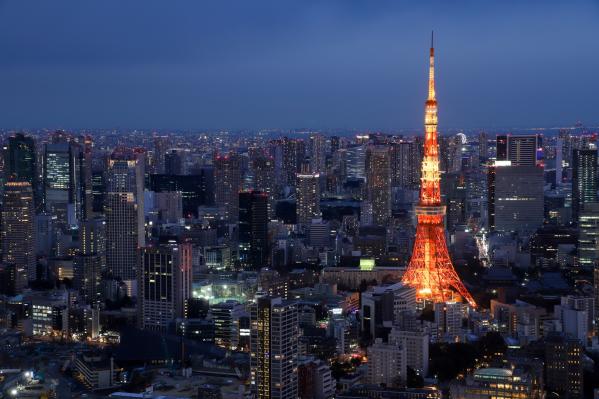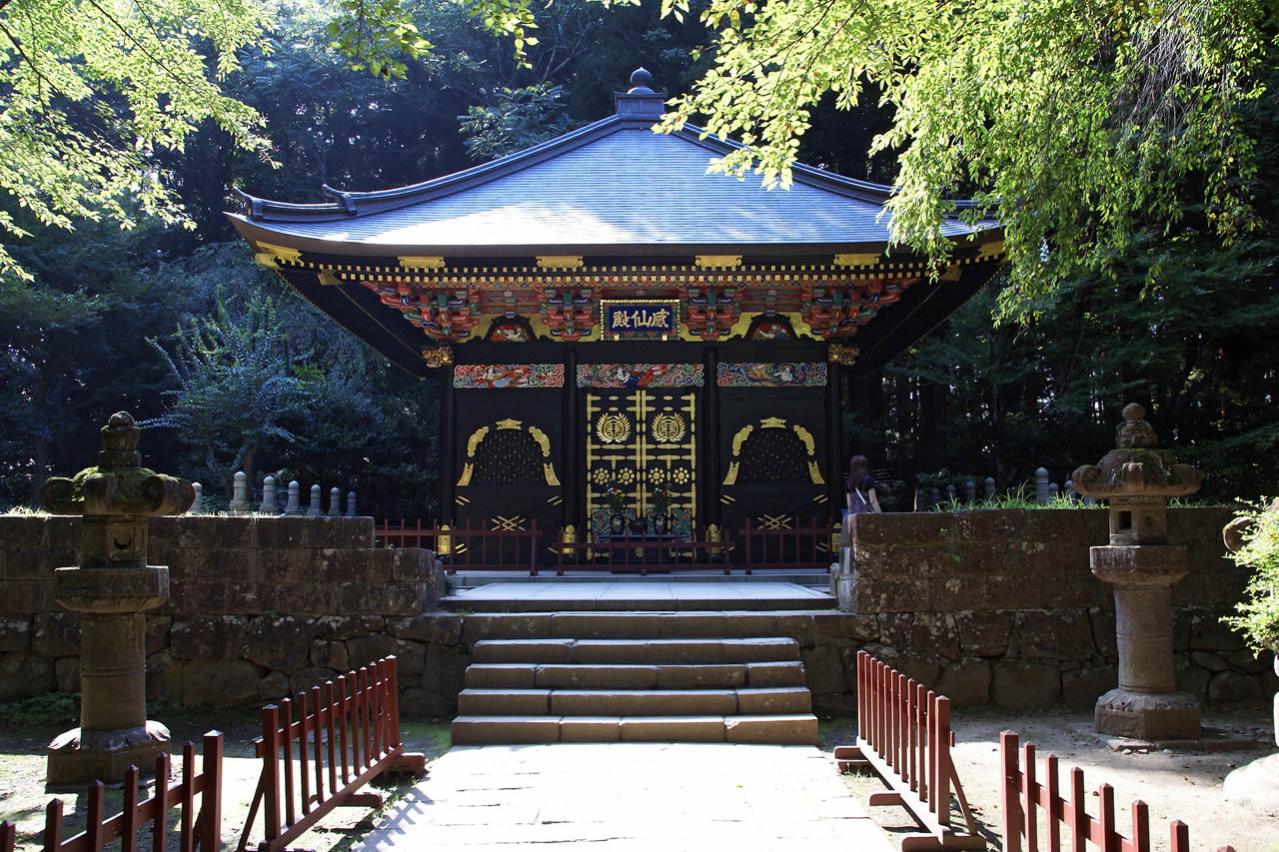
Zuihoden
Basic Information
- Spot Name
- Zuihoden
- Location
- 〒980-0814 23-2 Ryozaka, Aoba-ku, Sendai City, Miyagi Prefecture
- Access
- 15 minutes by the City Loop Bus "Loople Sendai" from JR Sendai Station, followed by a 7-minute walk. 15-20 minutes on foot from the Sendai City Subway Tozai Line, get off at "Oomachi Nishi Park" station.
- Parking
- Available, 30 cars
- Business Hours
- February 1 to November 30: 9:00 AM to 4:50 PM
December 1 to January 31: 9:00 AM to 4:20 PM - Regular Holiday
- December 31 (Entire facility closed)
- Fees
- Adults: 570 yen, High school students: 410 yen, Elementary and middle school students: 210 yen.
- Contact Information
- Phone Number: 022‐262‐6250
- Official Website
Map
Detailed Information
Zuihoden was established in 1637 at Kyogamine as the mausoleum of Date Masamune, the founder of the Sendai domain. This splendid and luxurious mausoleum architecture vividly conveys the legacy of the Momoyama culture, characterized by intricate metalwork, maki-e lacquer, and vibrant colors. It was designated as an Important Cultural Property in 1931 but was lost to fire during the war in 1945. After excavation studies began in 1974, it was reconstructed in 1979, both in scale and decoration, based on its original state. In 2001, major renovations were conducted to commemorate the 400th anniversary of Sendai's founding, restoring the pillar carvings of lion heads and the dragon-shaped roof tiles, thus reviving its magnificent appearance from the time of its creation.
The grounds are enveloped in a solemn atmosphere surrounded by ancient cedar trees. In addition to Masamune's Zuihoden, there are the mausoleums of the second lord, Date Tadamune, called "Kansenden," and the third lord, Date Tsunamune, known as "Zenoden," each boasting splendid colors. Visitors cross the Reiyabashi bridge over the Hirose River along the path and enter through the "Nehanmon" gate. Adorned with sculptures of kirin, peonies, and Chinese lions, this gate conveys the luxurious designs of the past. The worship hall is a facility for rituals and has been simplified for a better view of the main hall of Zuihoden.
The grounds also feature a group of monuments that convey history. These include the monument to the vassals who died alongside Masamune (Hōkyō-in Tō), the grave of the pseudo-martyr Kumagai Sainari, a cast-iron memorial for the war dead of the Boshin War and the Hakodate War (established in 1877), and the memorial for monk Kōzen, rebuilt in 1989. Additionally, the "Myōunkai Bō" serves as the resting place for the ninth lord, Date Shūzō, and his wife, the eleventh lord, Date Sakae, as well as the "Mikoshitagobyou," which honors the family of lords from the fifth generation onward.
The museum within the grounds has been reconstructed from the former offerings hall, exhibiting ceremonial items unearthed during excavation, documents from bone investigations, and restoration portraits of the three lords. Films introducing highlights of the grounds are also screened, providing a scholarly perspective to understand Zuihoden alongside its architectural beauty (photography is not allowed inside the museum).
Zuihoden displays different expressions throughout the seasons, showcasing cherry blossoms in spring, fresh green leaves in summer, autumn foliage, and winter snow scenery. Free guided tours are also available on Saturdays and Sundays, offering deeper insights into its history and architectural designs. With its historical significance as a former Important Cultural Property and the luxurious architectural beauty revived through reconstruction, Zuihoden is a representative cultural asset of Sendai, continuing to captivate many worshippers and tourists.
Zuihoden Movies
Miyagi Tourist Attractions
View ListSendai Castle Ruins
Sendai Castle (Aoba Castle) is a historic mountain castle that once existed in Sendai City, Japan. Constructed over 400 years ago by the first lord of the Sendai dom...
Jōzenji Street
Jozenji Street is a major avenue that stretches east to west through the heart of Sendai City, particularly loved for its approximately 700-meter-long zelkova tree-l...
Matsushima Bay Cruise
The best way to explore the beautiful islands of Matsushima Bay is by taking the Matsushima Island Tour Boat "Nio Maru Course." This course spans approximately 17 ki...
Okama Crater in Zao
Mount Zao, located on the border between Miyagi and Yamagata Prefectures, is one of Japan's 100 famous mountains. At its center lies the Zao Okama, a crater lake sur...
Akiu Otaki
Akiu Great Falls is a straight waterfall located in Sendai City, Miyagi Prefecture, with a width of 6 meters and a drop height of 55 meters. It is selected as one of...
Godaido Hall
Godaido is one of the iconic landscapes of Matsushima, offering a stunning view of Matsushima Bay. Founded in 807 by Sakanoue no Tamuramaro, who established the Bent...
Shiroishi Castle
Shiraishi Castle (also known as Masuyama Castle or Masuoka Castle) is a flatland mountain castle located in the center of Shiraishi City, Miyagi Prefecture, and is d...




![[日本東北旅行日記]日本仙台市「瑞鳳殿」,仙台市最重要的景點,Sendai Miyagi , Japan。大蔚阿昌(David Liao) [仙台遊記]](https://i.ytimg.com/vi/C2GxLl06ksc/mqdefault.jpg)



